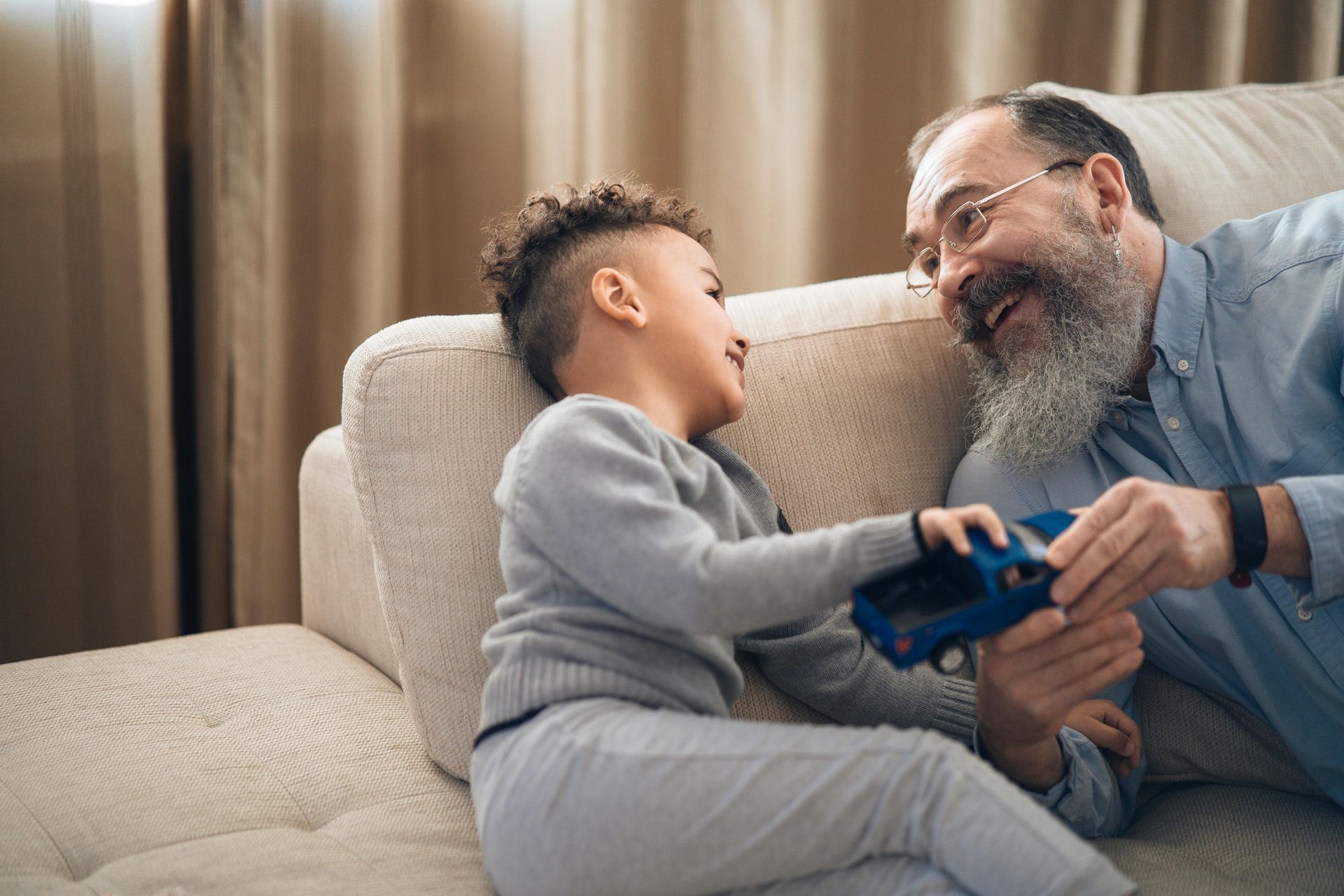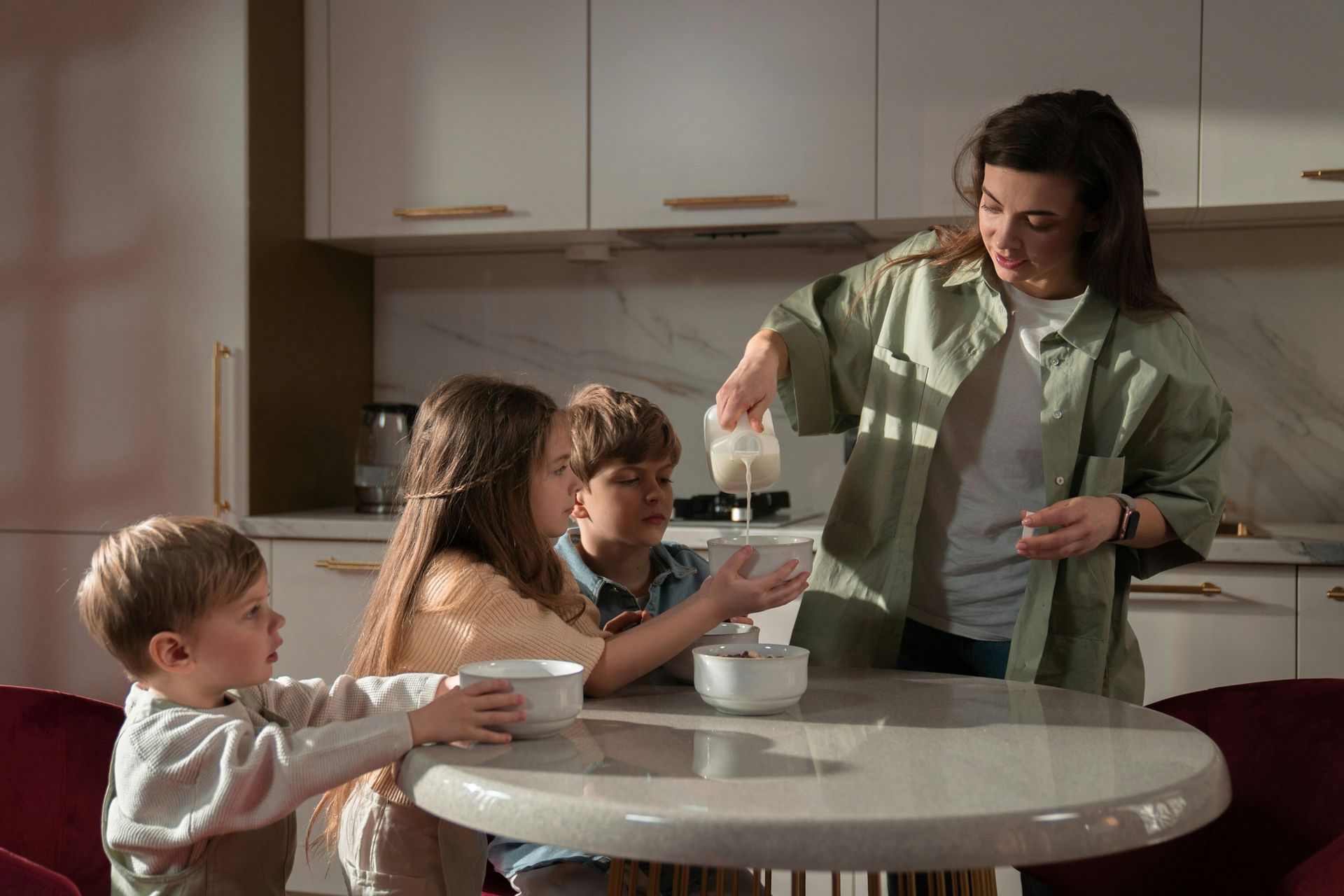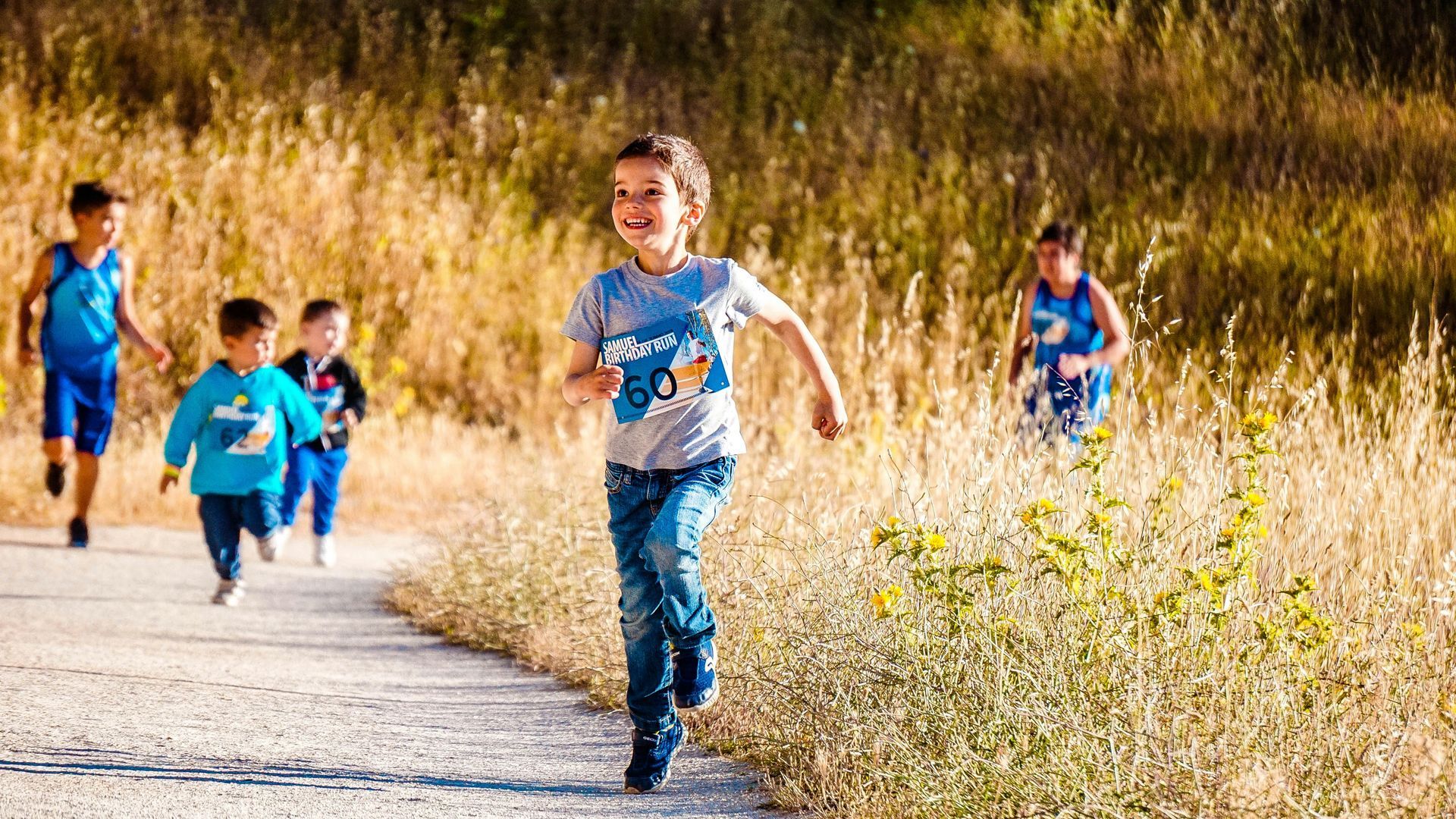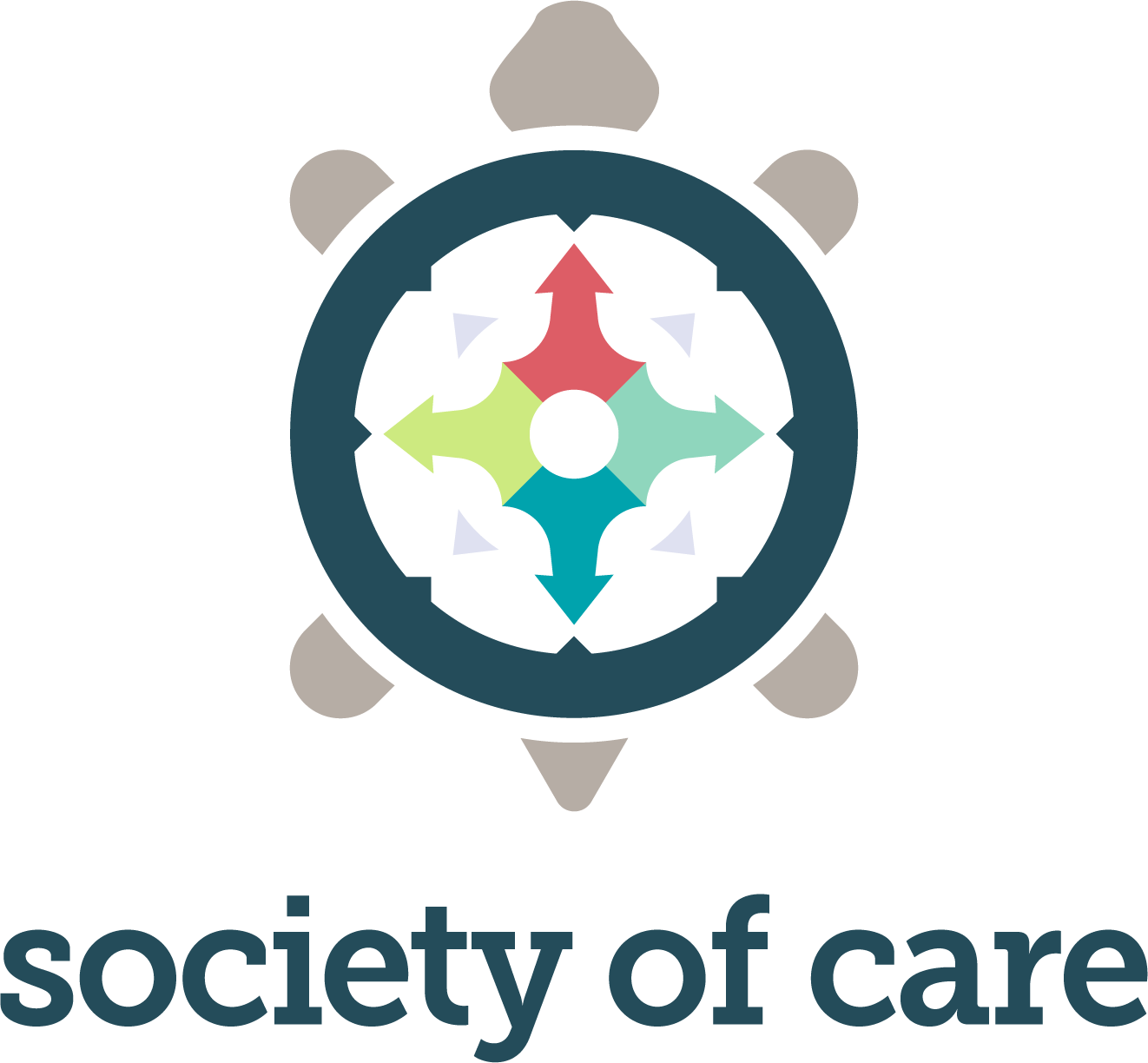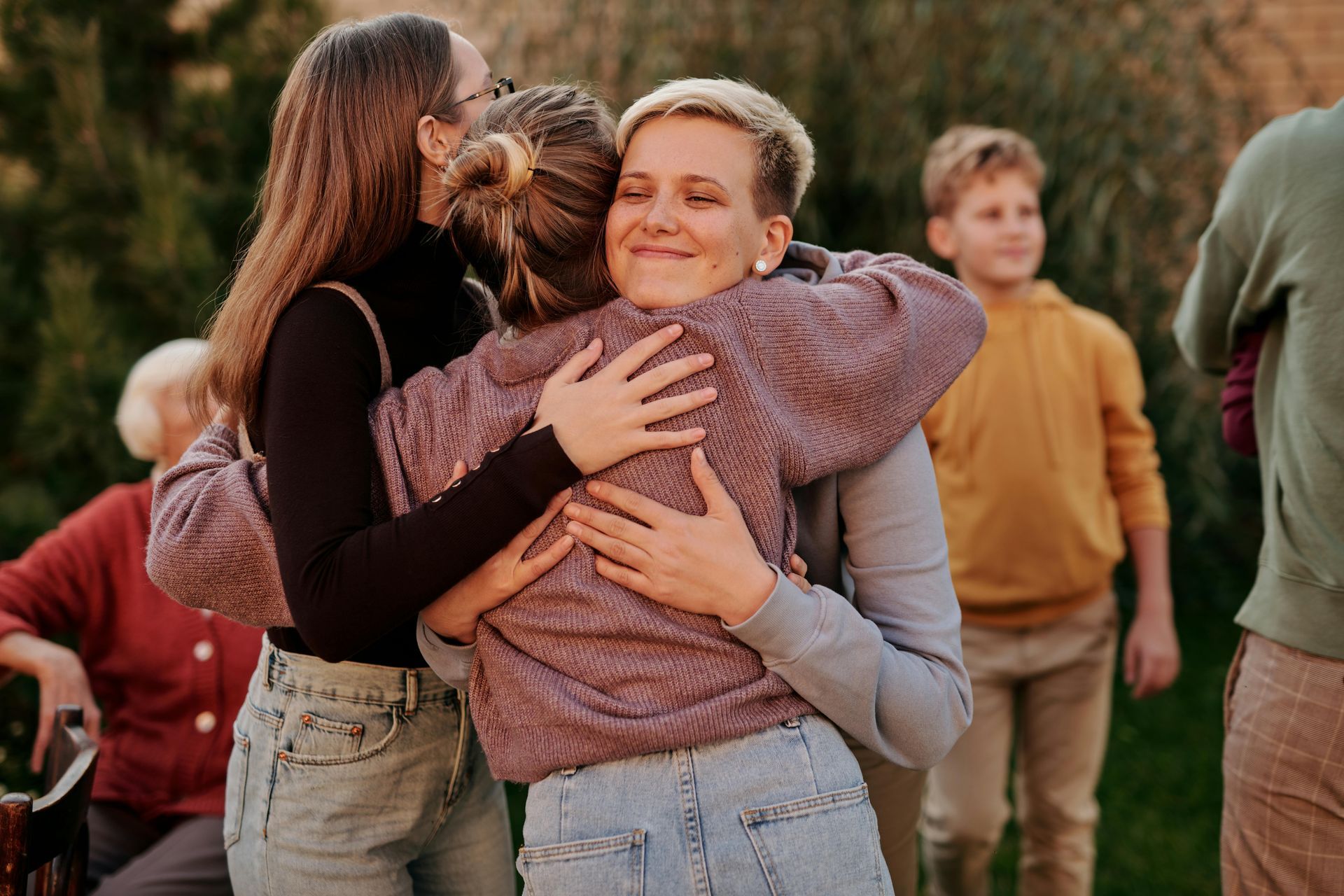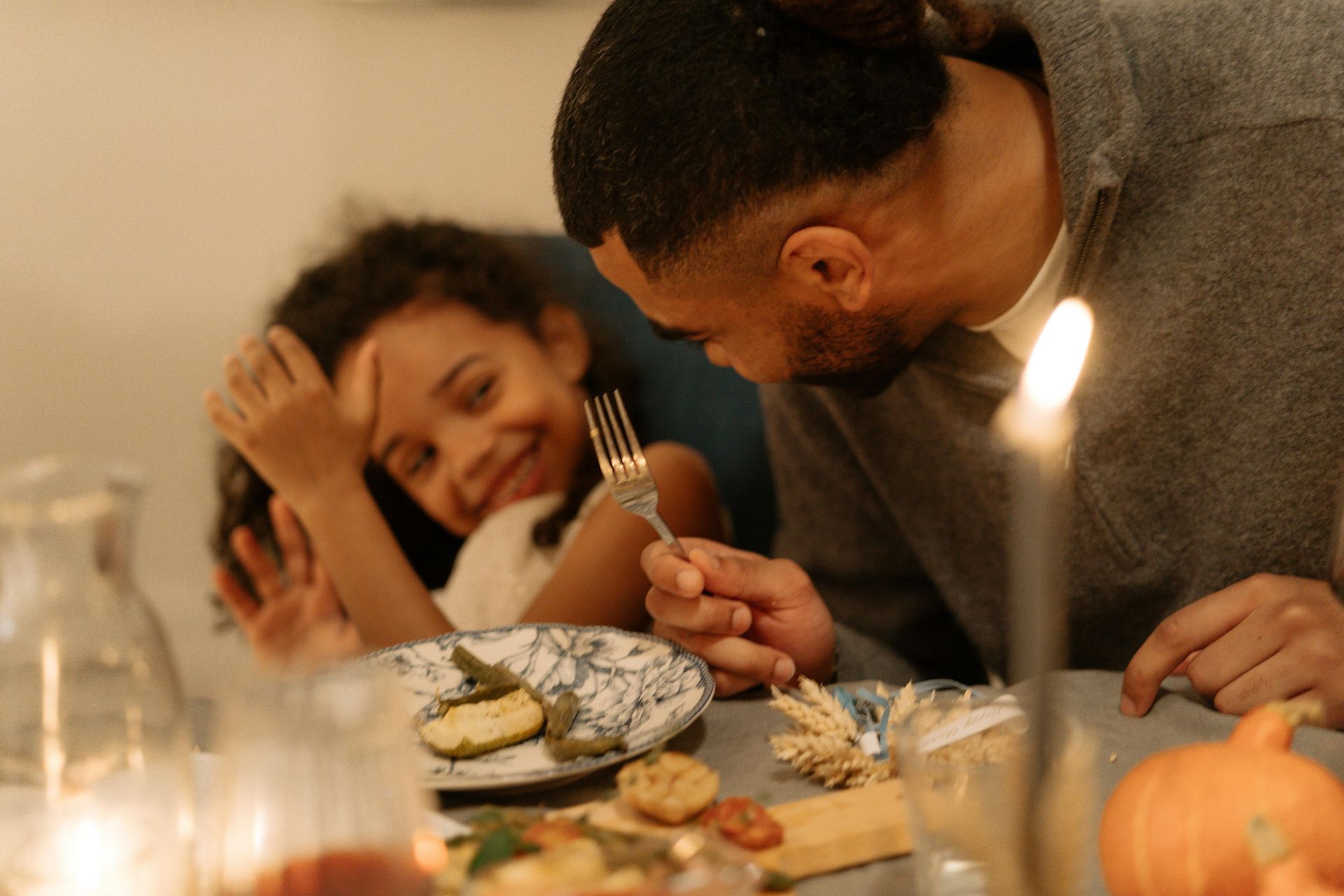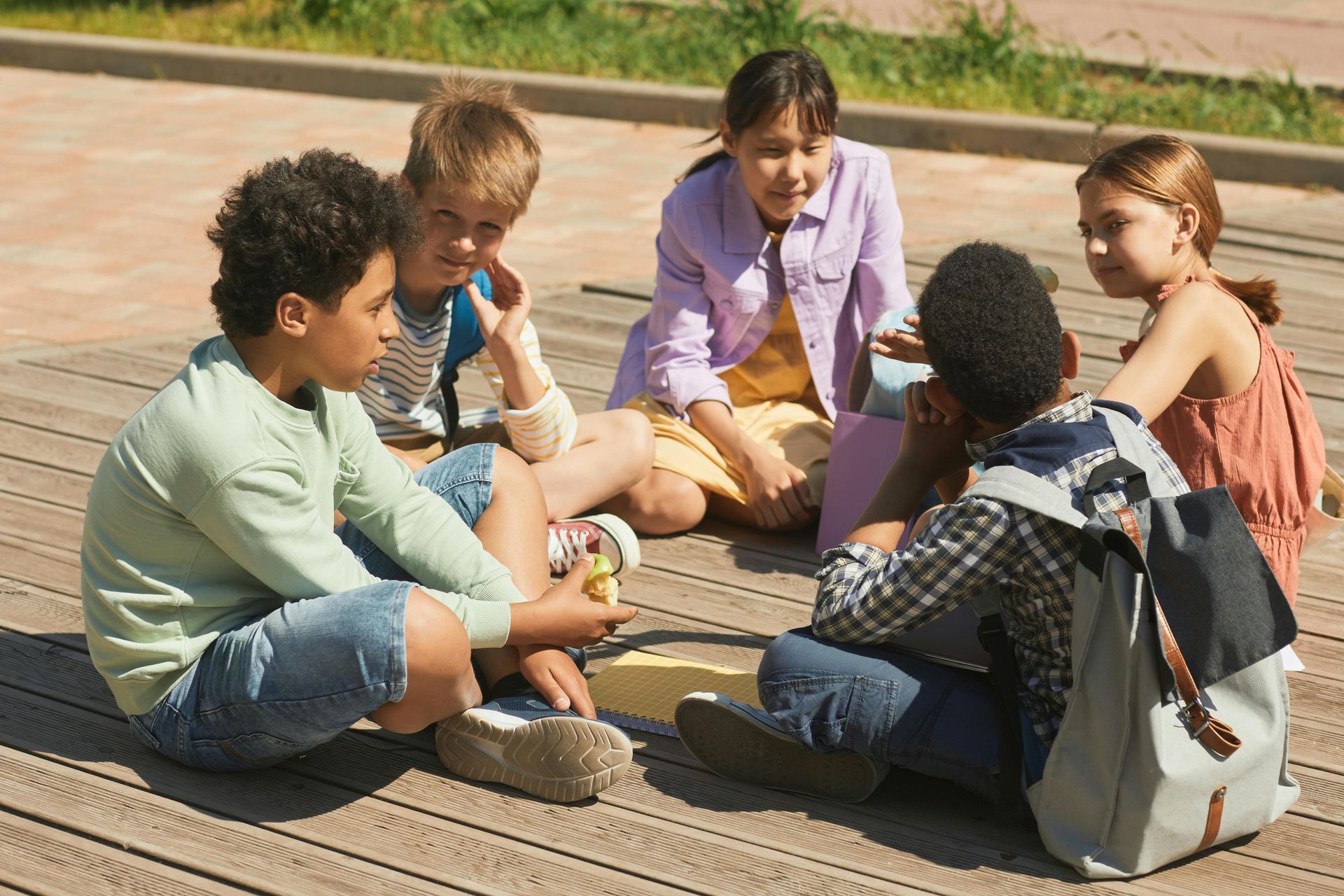Looking Beyond October: Continuing the Message of Substance Use Prevention
October marked National Substance Use and Misuse Prevention Month, a time to raise awareness about the impact of substance use and to recognize the vital role families, schools, and communities play in prevention.
Led by the Substance Abuse and Mental Health Services Administration (SAMHSA), this initiative reminds us that prevention isn’t limited to one month. It’s an ongoing effort that begins with open conversations, consistent support, and compassionate understanding.
As we move beyond October, it’s important to carry the message forward. Substance use prevention is not just about saying “no.” It’s about building protective factors in children and communities such as strong relationships, emotional resilience, and healthy coping strategies that last a lifetime.
Prevention Begins With Connection
The foundation of prevention starts at home. Children who feel heard, valued, and supported are less likely to turn to harmful behaviors when they face challenges. Simple, everyday interactions like sharing a meal, checking in after school, or listening without judgment, help build trust and open lines of communication.
Caregivers don’t have to have all the answers. What matters most is being present and creating a safe space for honest conversations. Let children know they can talk about anything; including peer pressure, stress, or curiosity about substances. All without fear of shame or punishment.
Building Resilience Through Everyday Habits
Prevention also means helping children develop the skills to cope with life’s stressors in healthy ways. Encourage positive outlets like exercise, art, volunteering, or spending time outdoors. These activities build confidence and reduce the need to seek escape through risky behaviors.
Setting clear expectations and consistent routines also make a difference. When children know what’s expected of them and feel supported in meeting those expectations, they’re more likely to make responsible choices.
Empowering Caregivers and Communities
Communities play a crucial role in substance use prevention. Schools, faith-based organizations, youth clubs, and neighborhood groups can all work together to create safe, supportive environments for young people. Whether it’s mentoring programs, youth leadership opportunities, or public education campaigns, these efforts remind children that they are valued and not alone.
For caregivers, knowledge is empowerment. Staying informed about the signs of substance misuse and knowing where to turn for help can make early intervention possible. Prevention doesn’t happen in isolation. It’s a shared effort that strengthens when caregivers, teachers, and community members work together.
Continuing the Conversation Year-Round
The message of October doesn’t end when the month does. Substance use prevention is a year-round commitment to helping children and teens build the skills and support systems they need to thrive.
Keep the conversation going by:
- Talking regularly about choices and consequences in an open, judgment-free way.
- Encouraging positive friendships and peer connections.
- Modeling healthy stress management habits.
- Staying involved in your child’s interests, school life, and social circles.
Each of these actions, repeated over time, helps build a foundation of trust and resilience that can prevent misuse before it begins.
Looking Ahead
Substance use prevention is not a single campaign. It’s a culture of care. As we look beyond October, let’s continue the message that every child deserves guidance, connection, and a safe path forward. Through awareness, empathy, and education, caregivers and communities can work together to protect the health and future of our youth. Not just for one month, but for every month of the year.
Looking for more simple, supportive tools for the loved ones in your care? Enjoy these additional resources and explore our blog for ideas that help you nurture connection, one moment at a time. Or, Join our mailing list where we share more resources that accompany our blog posts.
Join Our Mailing List

